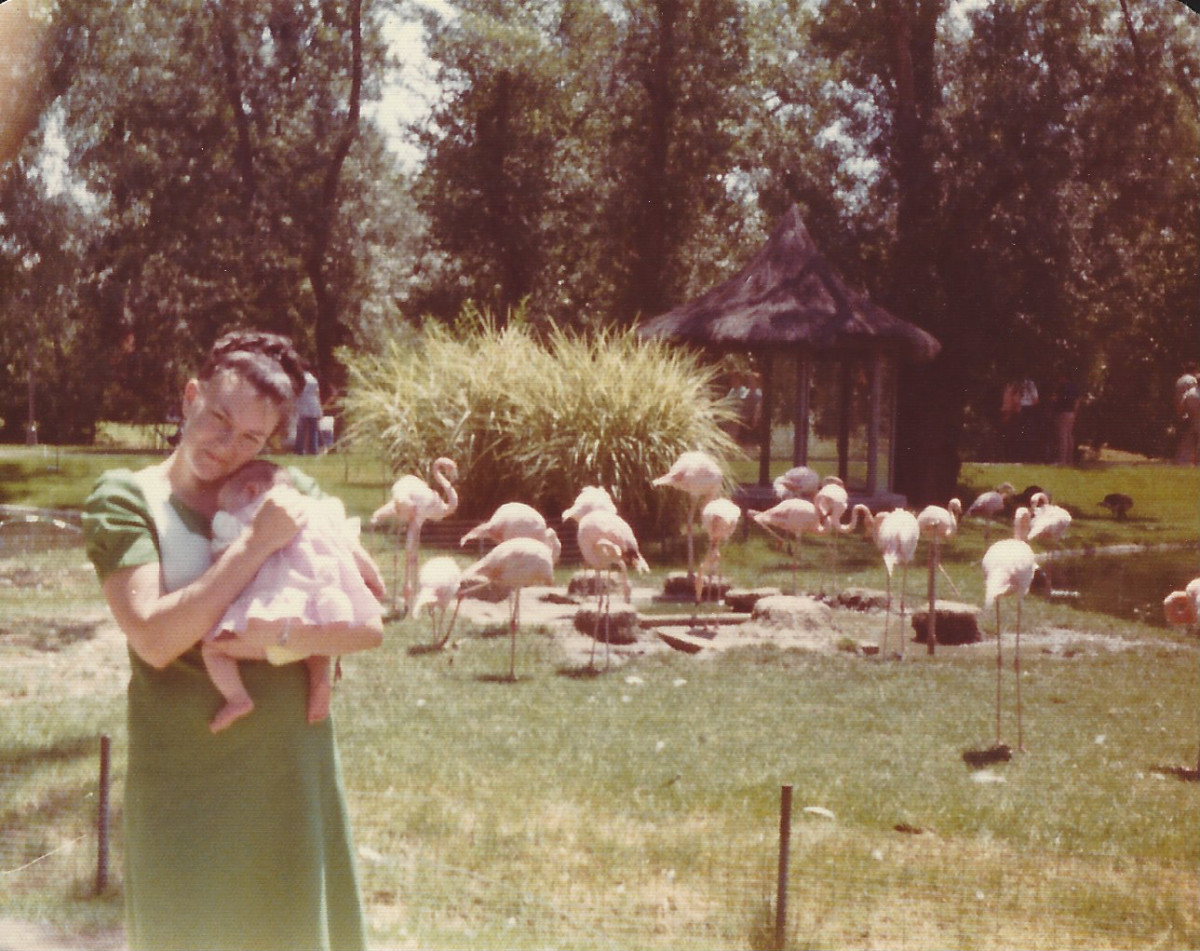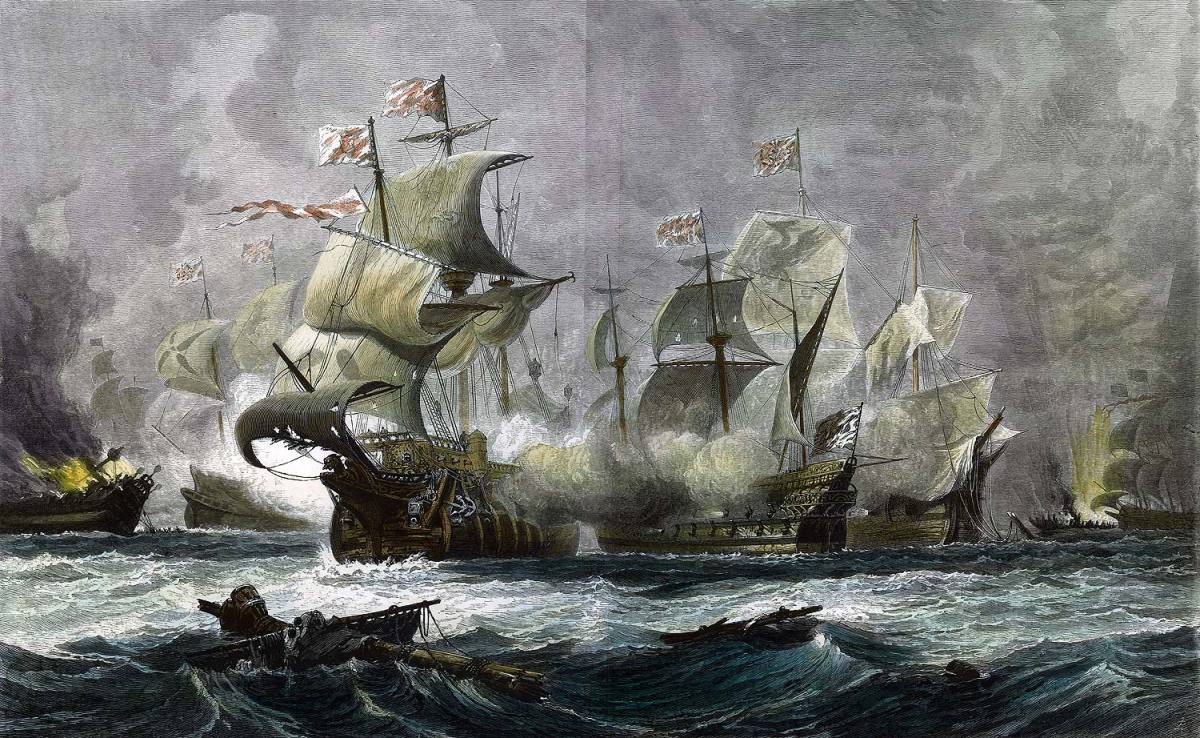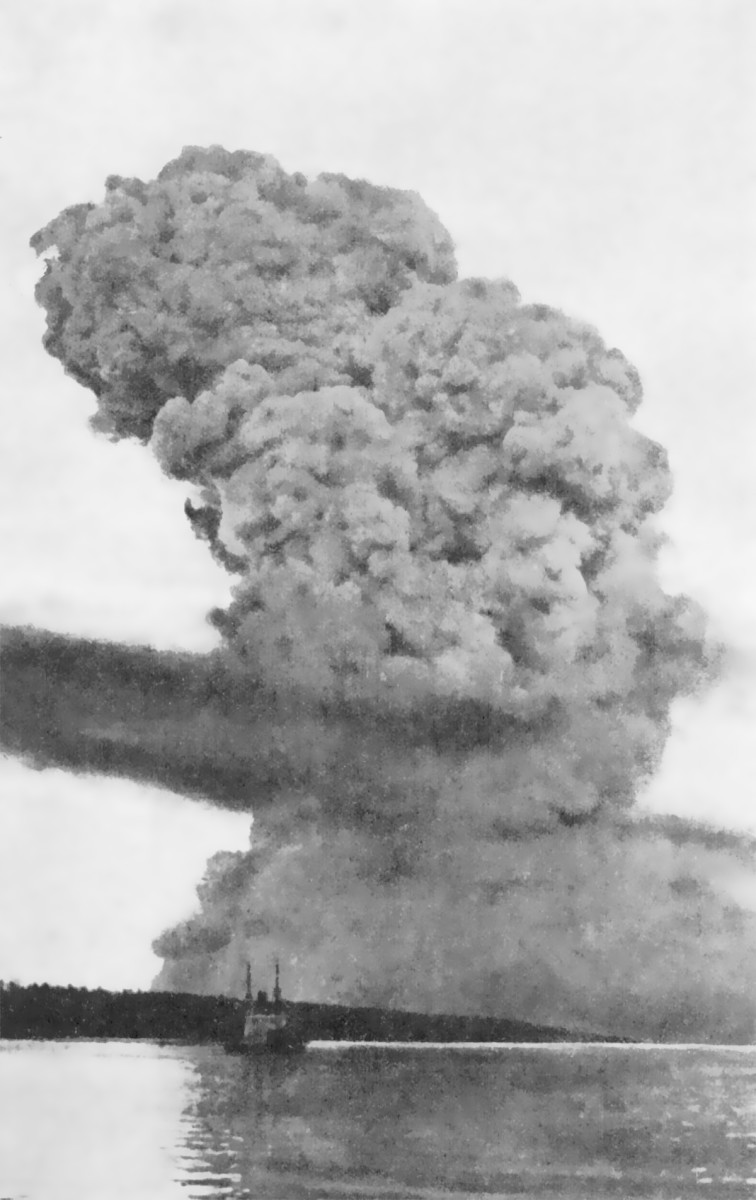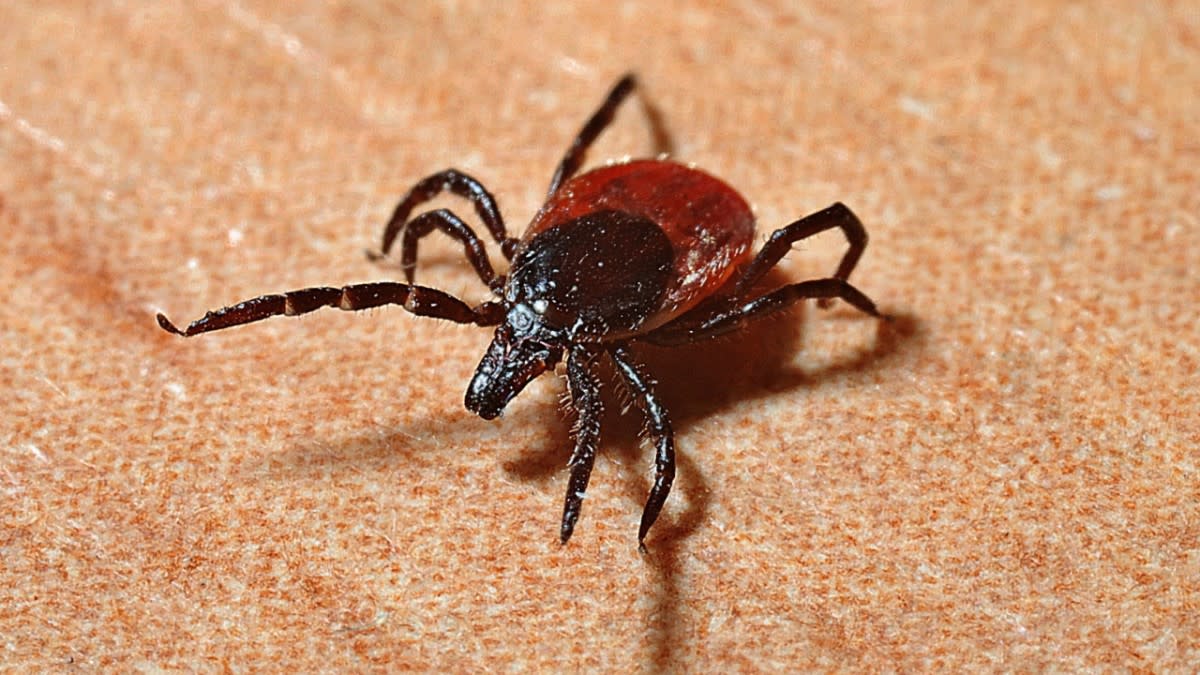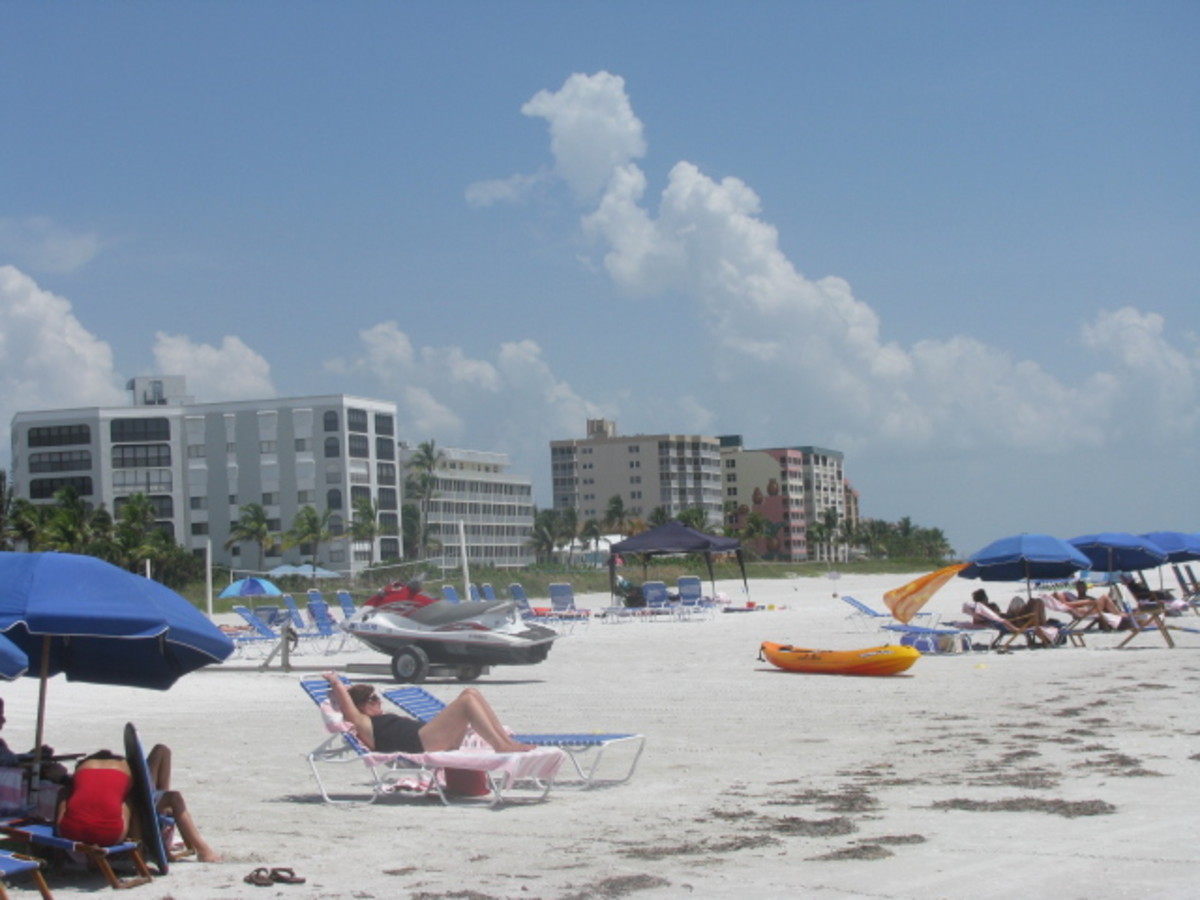- HubPages»
- Travel and Places»
- Visiting North America»
- United States»
- Florida
History of the Nuestra Señora de Atocha Treasure Ship
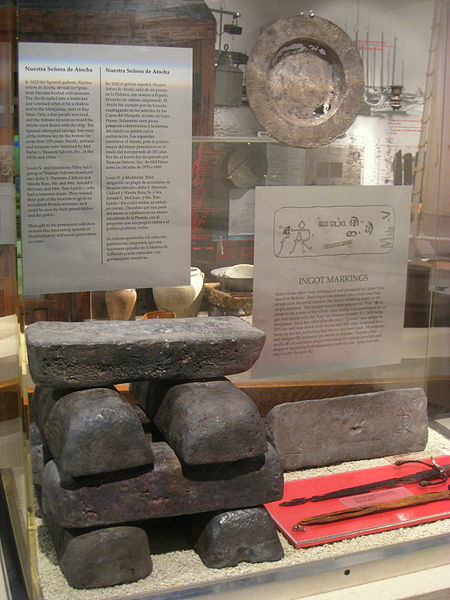
What was the Nuestra Señora de Atocha?
The Nuestra Señora de Atocha was a Spanish galleon, a type of warship used in the 16th to the 18th centuries by a number of European countries. It was built in Havana, Cuba in 1620. During the ship's second voyage to Spain, the Atocha and four other ships sank in the waters west of Key West, Florida. This article will discuss what happened and why it happened. The salvage operations will be discussed in a future article.
Cadiz, Spain to the New World
Spain established colonies in Mexico, Central America, and the northern part of South America beginning in the mid-16th century. From 1561 to 1748, a trading system was in place between these colonies and Spain. Two fleets per year were sent from Spain to the New World. Spain wanted the coffee and tobacco which the colonists grew, and the gold and silver they mined. The colonists needed the supplies which Spain could provide.
Two fleets—a total of 28 ships—left Cadiz, Spain on March 23, 1622. Each fleet had two large war ships—galleons—assigned to it. The reason for having two war ships as part of each fleet was to protect the passengers, crew, and cargo from pirates.
One fleet was known as the Nueva España. The other was known as the Tierra. The ships traveled convoy-style—one behind the other. A galleon was placed as the first ship and the last ship in each of the two fleets. The lead galleon in each fleet was known as the Capitana. The rear galleon was known as the Almirante, the rear guard.
The warship (galleon) Nuestra Señora de Atocha was the Almirante (rear guard) of the Tierra Firme fleet. It was the 28th ship in the convoy. Since it was a war ship, a full company of 82 infantrymen was onboard the Atocha.
Nueva España and Tierra Firme Fleets Arrive in the New World
When the Nueva España and Tierra Firme fleets arrived in the New World, they stopped at the Caribbean island of Dominica. The Nueva España fleet sailed from Dominica to Veracruz, Mexico. The Tierra Firme fleet sailed to Cartagena, Colombia, stopping there briefly before continuing on to Portobello, Panama. The ship arrived in Portobello on May 24, 1622.
The Nueva España and Tierra Firme were to unload the supplies needed by the colonists, and record and load their cargo for the return trip to Spain. The fleets were to meet in Havana, Cuba and travel to Spain as one combined fleet, sailing single-file in convoy formation.
Dominica, Cartagena, Portobello, Veracruz, and Havana
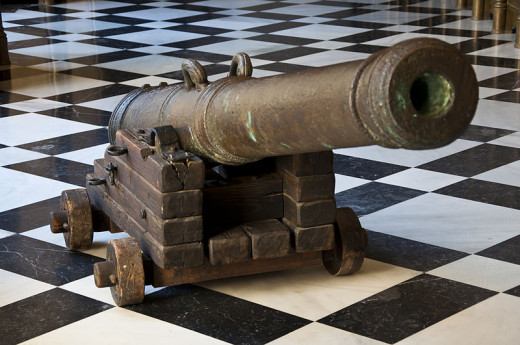
Hurricane Season
The Tierra Firme fleet arrived in Portobello, Panama on May 24, 1622.
It was a well-known fact that hurricane season began in late July. The Nueva España and Tierra Firme fleets were supposed to meet in Havana, Cuba and begin their return voyage to Spain before the start of the hurricane season.
Atocha's Cargo on the Return Trip to Spain
Nuestra Señora de Atocha’s cargo for the return trip to Spain is considered by many historians to be the wealthiest cargo ever assembled. The Atocha carried silver from Mexico and Peru, pearls from Venezuela, and emeralds and gold from Colombia. The following list shows some of the registered cargo.
- 20 bronze cannons
- 24 tons of silver bullion in 1038 ingots
- 18,000 pesos of silver coins
- 1,200 pounds of silverware
- 125 gold bars and discs
- 582 copper ingots
- 350 chests of indigo
- 525 bales of tobacco
In addition to the items registered as cargo, the following items were on the Atocha.
- Items being smuggled to avoid taxation by Spain
- Passengers’ jewelry
- Passengers’ personal items
Return Trip to Spain
It took nearly two months for the Nuestra Señora de Atocha’s cargo to be recorded and loaded onto the ship. Part of this delay was due to some of the treasures from South America having to be transported by mule train from Panama City, a port on the west coast of Panama, to Portobello, located on the east coast.
It wasn’t until July 22, 1622—the start of the hurricane season—that the Atocha and the other ships in the Tierra Firme fleet left Portobello, Panama, bound for Cartagena, Colombia. In Cartagena, additional cargo was recorded and then loaded onto the ship.
It was late August 1622—well into the hurricane season—when the Tierra Firme fleet arrived in Havana, Cuba.
Havana, Dry Tortugas, and Key West
Hurricane
Sunday, September 4, 1622—nearly six weeks into the hurricane season—was a clear day, with no storm in sight. The decision was made for the 28 ships in the combined fleet to set sail from Havana, Cuba, heading due north toward the Florida Keys and the current of the Gulf Stream. The galleon (war ship) Nuestra Señora de Atocha—the Almirante (rear guard)—was the last ship in the single-file convoy.
The wind picked up on the evening of September 4th and grew stronger by the hour. On September 5, 1622, most of the ships in the combined fleet were pushed past the Dry Tortugas—a group of small islands located west of Key West, Florida—into the relatively calm waters of the Gulf of Mexico.
The last five ships in the convoy—Nuestra Señora de Atocha, Nuestra Señora del Rosario, Santa Margarita, and two smaller ships—received the full impact of the hurricane. The ships’ sails were torn and their masts were broken. Helpless, the five ships drifted toward the reefs surrounding the Dry Tortugas.
The Atocha, lifted very high by a huge wave, was thrown against a coral reef. Badly damaged, Nuestra Señora de Atocha, due to the heavy weight of her cargo, sank instantly.
On September 6, 1622, a merchant ship traveling through the debris, found three sailors and two slaves clinging to a piece of one of the Atocha’s masts. They were the only survivors among the 265 people onboard Nuestra Señora de Atocha.
Before reading this article were you familiar with the story of the Nuestra Señora de Atocha?


